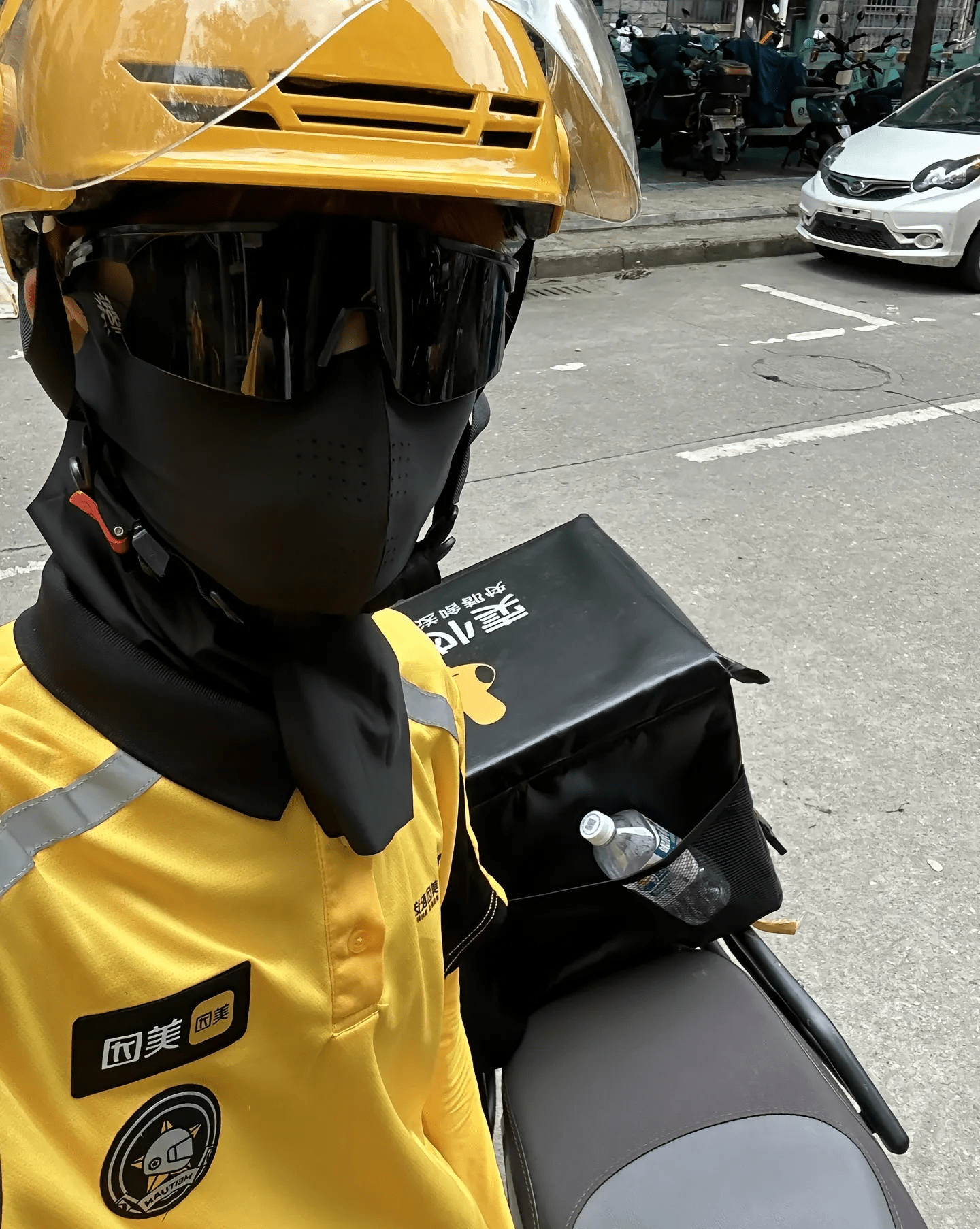At three o'clock in the morning in the university town, I just handed the last barbecue to a student who was staying up late to finish his thesis, when my phone suddenly popped up a successful verification prompt from PROVE. The currency referred to by the department head as 'digital graffiti' actually helped a senior in the art department recover her plagiarized design draft using on-chain certification – and the hash algorithm I learned last week during my delivery breaks was currently generating the 1789th immutable timestamp on-chain for my girlfriend's graduate school notes.
The first serious encounter with PROVE was when I was delivering materials for a printing shop. The owner complained that students always secretly copied others' papers as their own, and I suddenly remembered the frustration of having my hard-earned bulletin board drawings in high school claimed by a classmate. After reading its white paper, I discovered that this thing is not just a simple token, but more like a 'decentralized notary': using SHA-256 algorithm to hash file values on-chain, no matter how the original file is changed, the hash value is unique like a fingerprint, just like the order number when I deliver; even if the dish changes, the record corresponding to the number can never be altered. That night I tested it on an old computer in the dormitory and found that its certification speed was faster than uploading photos to the cloud; generating certification for a 100-page PDF file took only 3 seconds, even faster than the scanning speed at the printing shop.
When my mother saw that my phone was filled with various file hash values, she threw my delivery helmet into the corner: 'You use the time you spend delivering to store these useless numbers?' She didn't know that I had turned my database assignment into a file certification system to understand its Merkle tree structure; nor did she know that every time I helped someone with certification, my girlfriend would push her organized (intellectual property law) notes to me, marked with: 'Proving “I own it first” is more important than fighting over it later.' Just like now, as I ride past the studio at the school gate, the owner is using PROVE to certify a newly painted oil painting, and after taking the photo says, 'I’m no longer afraid of someone copying my style at the art exhibition.'
Some people say cryptocurrency is too far away from ordinary people, but the community of PROVE is filled with people living their lives: a sister running an online store uses it to store product design drawings, a senior writing a novel stores drafts to prevent plagiarism, and even those answering questions in the community are part-time lawyers who deliver during the day and do copyright consulting at night. We don’t talk about candlestick charts; we talk about how to make certification more convenient – for example, adding voice guidance for the certification steps for the elderly, like how delivery platforms remind customers to pick up their meals; or developing an automatic certification feature for mobile photo albums, just like how the system automatically remembers the route while I deliver. This is the same principle as delivering food: truly useful technology must be easy to use, just like the most reliable route is always the easiest to remember.
In the early morning, as I parked my electric bike in the shed, the dew wet the seat. I bought some PROVE tokens with today’s delivery fee, and looking at the constantly refreshing certification records on my phone, I suddenly remembered what my girlfriend said last night: 'Those “evidences” you store on the chain might be helping many people protect their hard work.' Perhaps the teacher is right, there are risks in cryptocurrency, but technology like PROVE that can 'stamp' the efforts of ordinary people, this kind of 'risk' I think is worth it. After all, who says that in the gaps of delivering food, one can't figure out a way to protect those who live seriously? $PROVE
$PROVE
